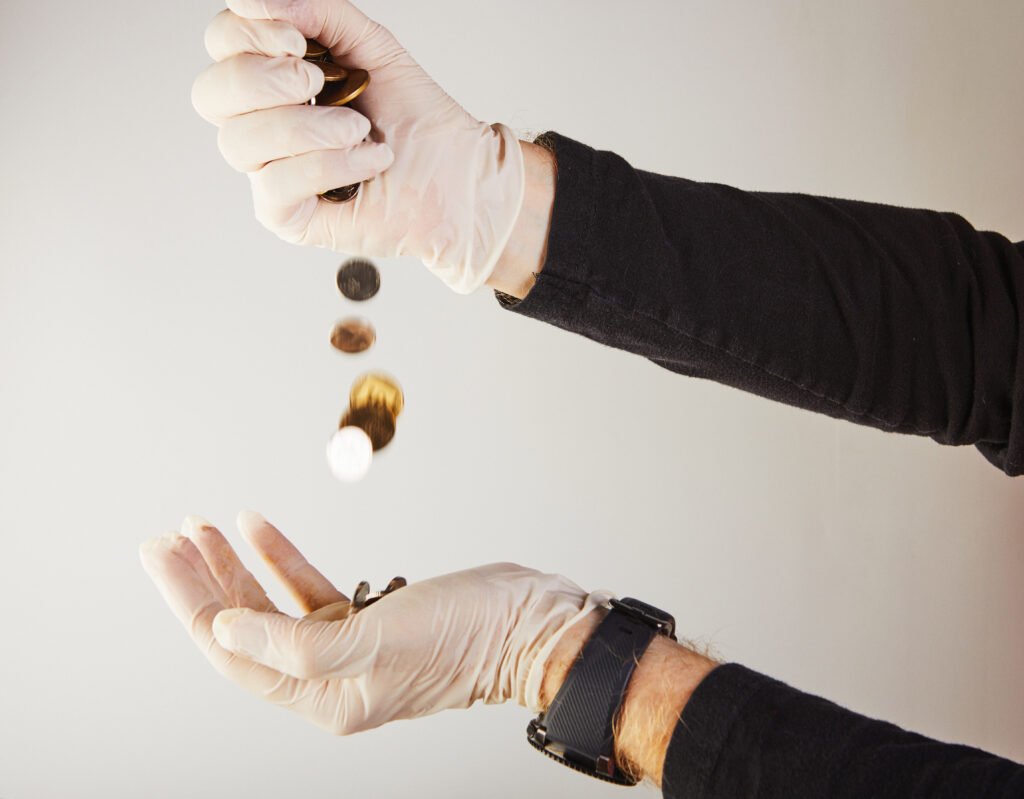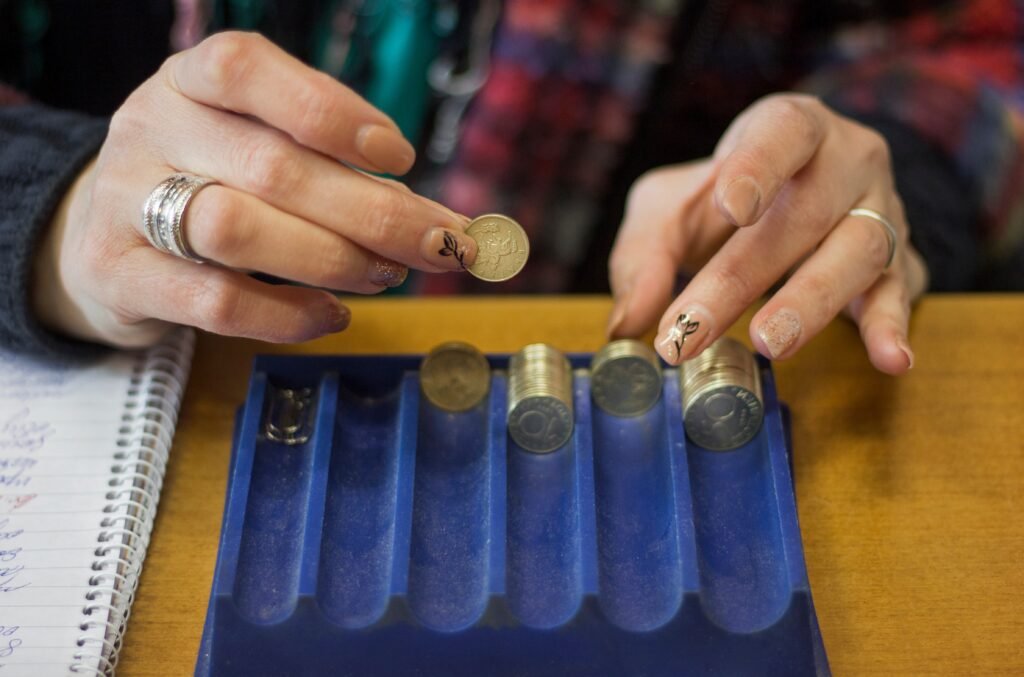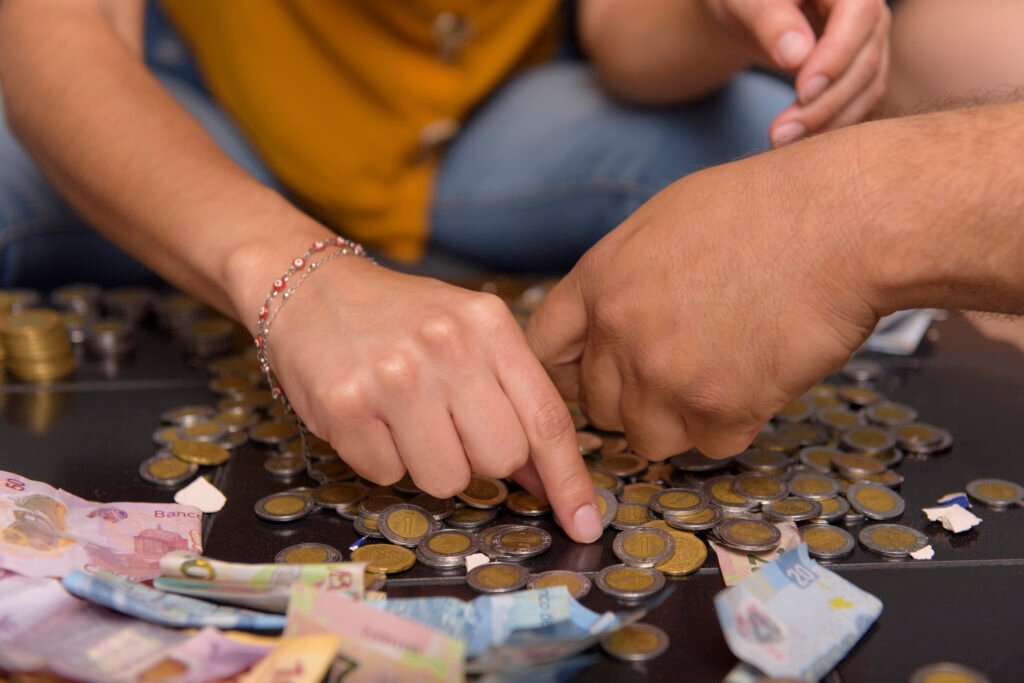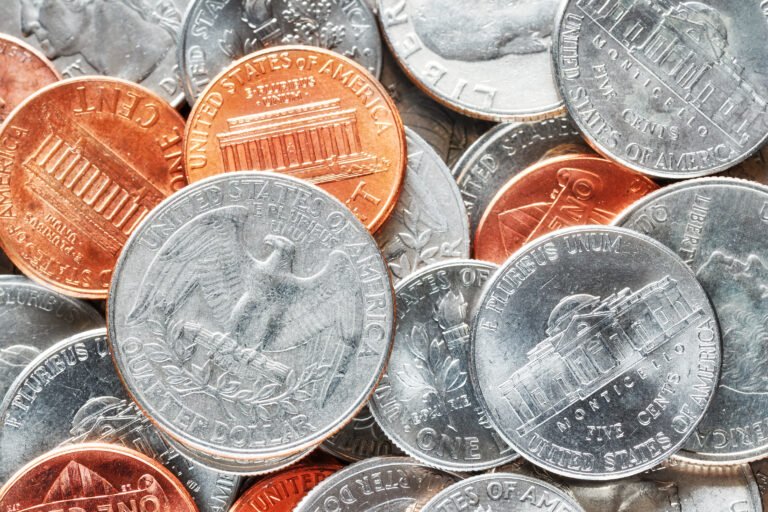Knowing the metal composition helps us to distinguish a coin from others, but it also increases our understanding of its historical value and monetary value.
Due to the wide variety of fakes as well as the different silver contents in coins from various eras and mints, it is important for investors and coin collectors alike to be able identify the real silver content.
Table of Contents
Visual and physical inspection

Look for stamps and Hallmarks
The hallmarks and stamped are what we first look at when we inspect a coin to see if it is real silver. The markings on coins are important because they can indicate both the quality of silver as well as the name of the manufacturer. A purity mark “925” indicates that an item contains 92.5% silver.
The maker’s mark is also important, as it identifies the manufacturer or silversmith. They can either be initials or unique symbols and they are usually found in discrete parts of the coin. Assay marks are also important in verifying authenticity. They serve as proof that the coin is pure silver, verified through independent testing.
Weigh and measure the product
We then focus on its physical attributes, namely, the weight and size, as these are usually specified by the official mint. Genuine silver coins should have the same weight and size as those listed by reliable sources such as the U.S. Mint, or British Royal Mint. A genuine ounce of sterling silver, for example, should weigh approximately 31.103 g. Any significant difference from that weight can indicate a fake.
We use precise instruments like high-quality digital scales and calipers to measure the thickness, diameter and weight of the coins. This ensures that they match the specifications. A coin whose weight is lower than the listed value is a red flag.
We can proceed with more confidence if we check these small details. This will also help us to perform the other tests that are included in our guide.
You can use simple household tests

Magnet Test
The magnet slide is a quick and easy way to test for the presence of silver. We can see the behaviour of the coin by creating a slide using strong neodymium magnetic materials. Silver is diamagnetic, and it should not slide too fast. If the coin slides quickly or sticks to the magnetic surface, this indicates that the coin may be a counterfeit.
Silver’s diamagnetic qualities will cause it to interact with the field of magnetic force, which in turn slows its descent. It’s important to remember that copper shares the same diamagnetic properties, and this can lead to confusion when a coin appears to be plated in silver.
Bleach Test
The next test we use is the bleach test. This one can be very telling. Silver coins react and tarnish quickly when they come into contact with bleach that contains hypochlorite. The coin surface will develop a dark silver compound as a result of this reaction.
The tarnishing is caused by the silver becoming Ag+, while hypochlorite is being reduced to Cl. Although this test is effective, it should only be performed with care as it may permanently tarnish silver. This makes it less appealing to collectors that wish to preserve the appearance of their coins.
These tests can provide more information about the composition and authenticity of coins. Remember that there is no definitive test. However, when used together these tests can increase the confidence we have in knowing if a silver coin really exists.
Utilize Coin-Specific Methods

Edge Comparison
The edge comparison method is particularly useful when we examine coin-specific ways to determine the amount of silver. I was taught by my mother to examine the edges of coins to determine if they are silver or not. Silver coins will have a consistent silver hue along their edges. Clad coins that aren’t made of pure silver often have a darker edge. It is easy to distinguish between non-silver and silver items using this visual clue.
Comparing a 1968 Benjamin Franklin half with a 1967 Kennedy dollar, both of which are 40% silver, you will see that the 1948 half is 90% silver. The edge on the Benjamin Franklin coin is brighter and almost white, showing a greater silver content.
READ MORE:
- Why Choose Advanced Call Center Technologies Harlingen, TX?
- Why Choose DeVry Institute of Technology for Your Education
- Where to Sell Silver Coins Near Me: Top Local Buyers
- Is Hamster Coin a Good Investment? Key Insights and Analysis
Date Verification
Checking the coin’s minting date is another reliable way to determine if it is silver. In the United States, all quarters, dime, half-dollars and dollars that were minted prior to 1965 are 90% silver. The rule applies also to Jefferson war nickels that were minted between 1942 and 1945. They contain 35% of silver because wartime metal restrictions required them to do so.
Kennedy half-dollars from 1965 to 1970 contain 40% silver. In the 1970s, some Kennedy half dollars were accidentally struck with 40% of silver. This made them highly collectible.
These coin-specific techniques will help us identify genuine silver coins with greater accuracy, thereby ensuring their authenticity and value.
Step 4: Advance Methods for Coins of High Value

Acid Tests
Acid tests will be a key tool when we move on to more sophisticated methods of verifying coins with high value. The tests are performed using corrosive chemical that will react in a different way depending on whether the coin is silver-plated or not. This gives a very clear indication as to the purity of the coins.
For an acid test I make a small cut on the coin, especially if the silver is only plated. It’s then necessary to rub the coin on a black plate in order to reveal the residue of metal. The color of the residue will change after the application of acid.
A brighter red indicates pure or fine silver while a darker red shows sterling silver. [40] While effective, the acid test can cause some damage to your coin. Use it with caution.
Professional Spectrometer Analyses
I use X-ray Fluorescence scanners (XRF) for a highly accurate and non-destructive method. The devices are able to determine the metal composition without damaging the coin. XRF scanners provide quick and accurate results.
Portable XRF can, for example, detect the composition of a piece of currency through its protective cover, like thin plastic or foil sheets, without removing them.
FAQs
1. What is the best way to determine whether a coin contains silver?
Use a powerful neodymium magnetic to check the silver content of a coin. The magnet should be placed on top of the coin. The coin will stick to the magnet if it contains ferromagnetic material and not pure silver.
2. How can I test quickly for silver?
Bleach is a quick way to check for silver. Bleach can be applied to a silver object in a very small amount. Bleach tarnishes silver quickly, and it turns black. The tarnish is easily removed by polishing it off. If you use a cloth, then the tarnish will cause the cloth to become black.
3. What can I do to verify silver’s authenticity at home?
You can test for silver using the baking soda and vinegar method. In a large bowl, mix equal amounts of baking soda and white vinegar until baking soda is dissolved.
Apply the solution to silver items using a cotton swab or a soft, clean cloth. The mixture should cause the silver item to fizz and bubble if it is real.
The conclusion of the article is:
We have explored a variety of techniques to identify the silver content in coins. These range from household tests up to sophisticated authentication methods.
This guide emphasizes the importance of detailed procedures, such as magnet tests and bleach tests. It also highlights coin-specific approaches, including date comparison and edge comparison, and more advanced methods, like acid tests.
Every step is a crucial part in the process of determining the value and authenticity of silver coins. This will protect collectors, enthusiasts, investors and others from the dangers of fakes.



